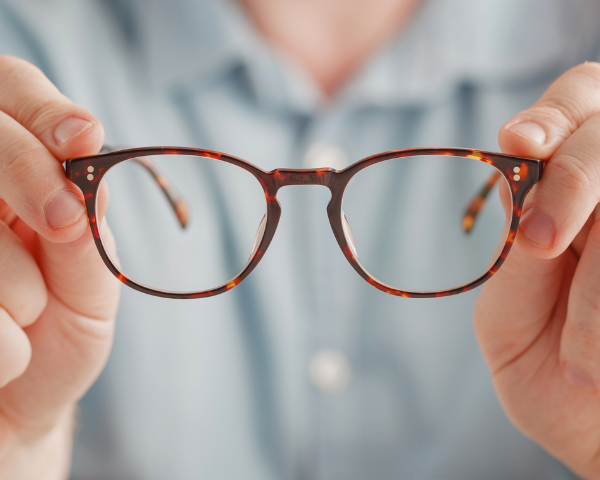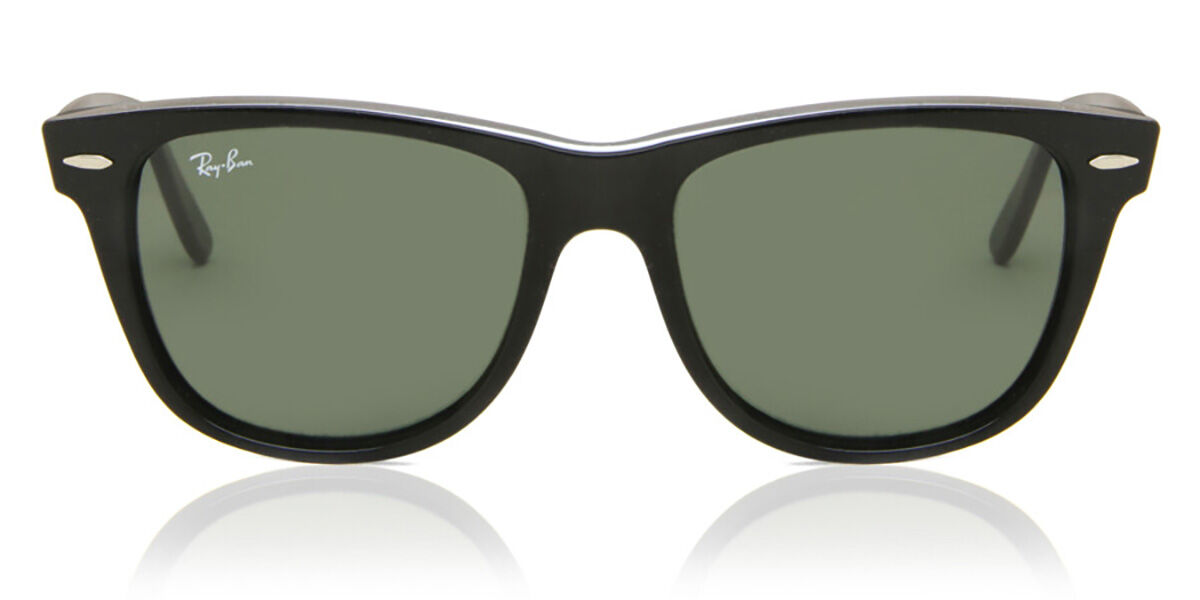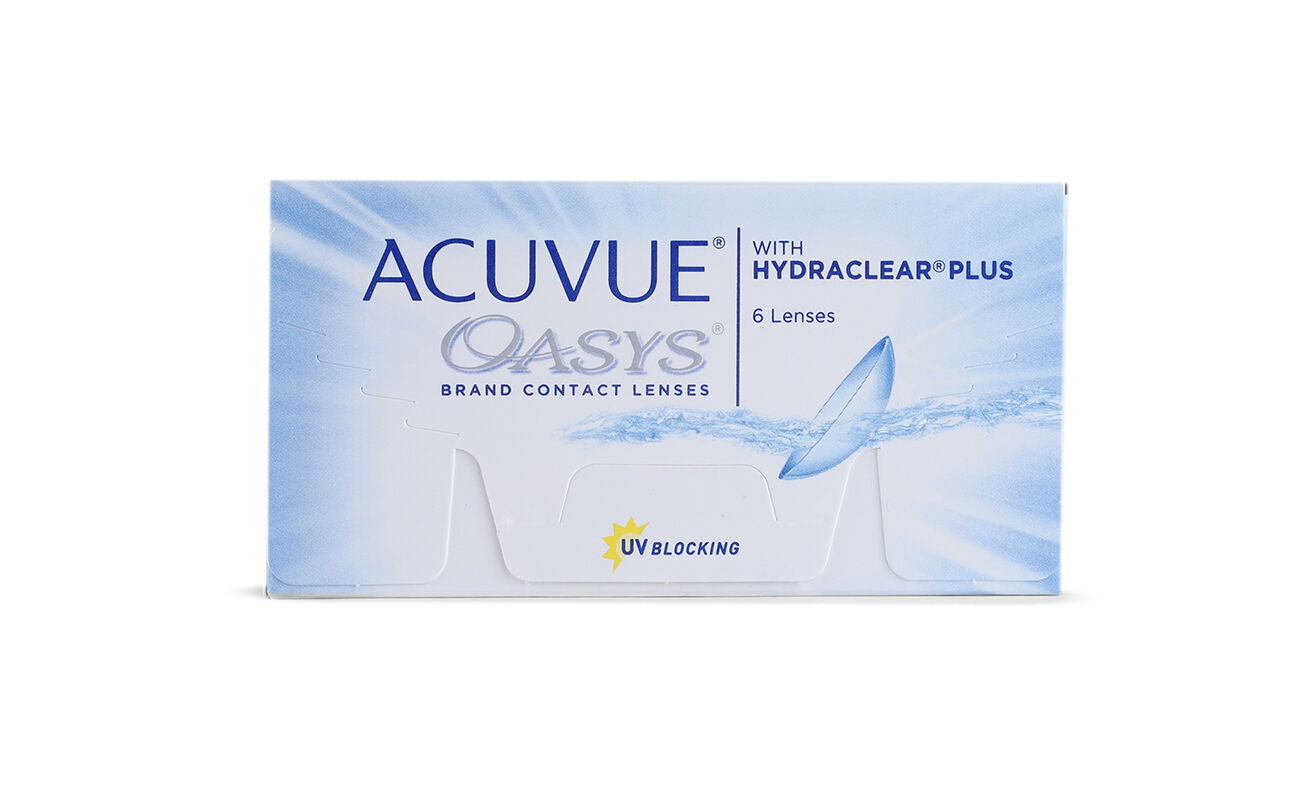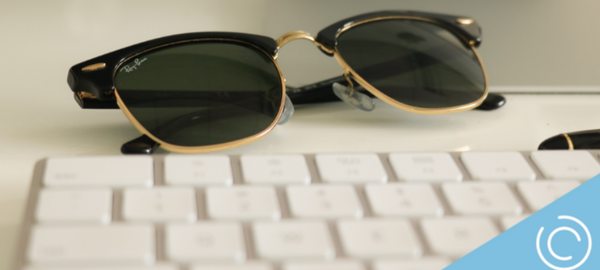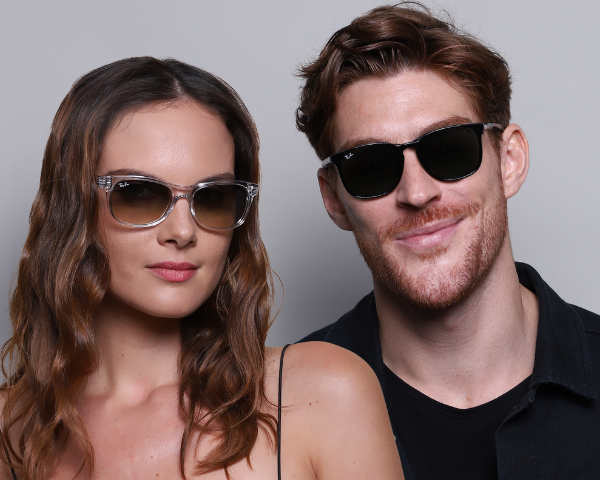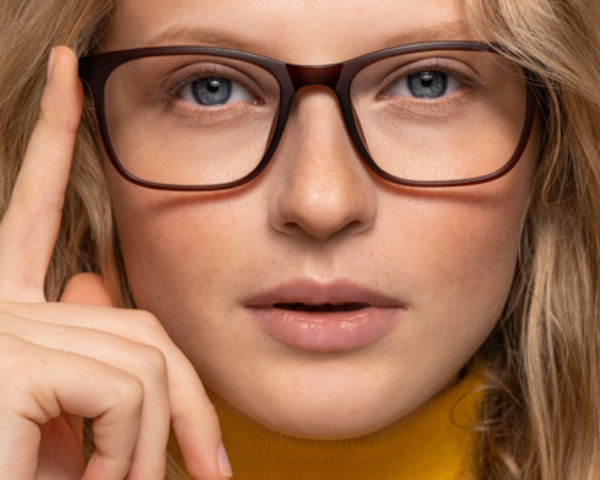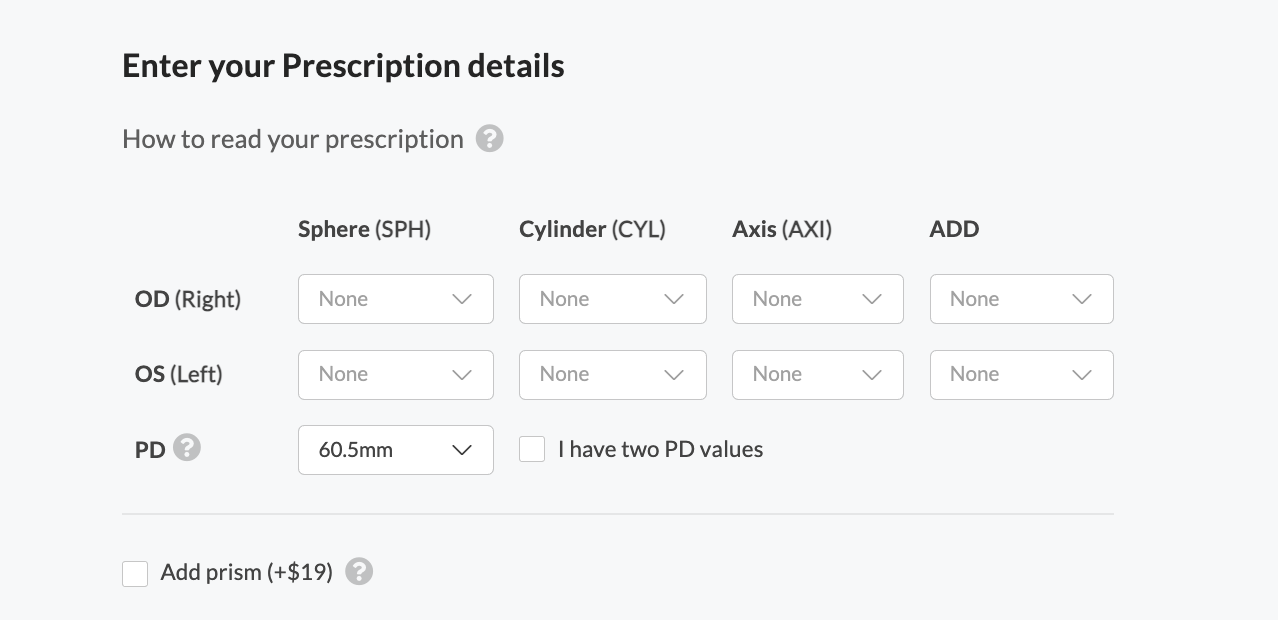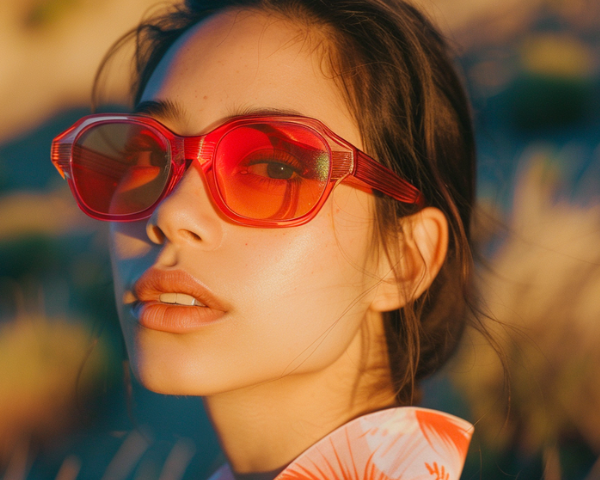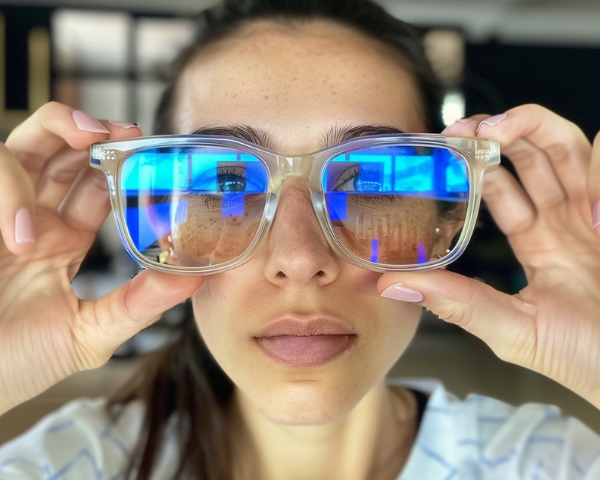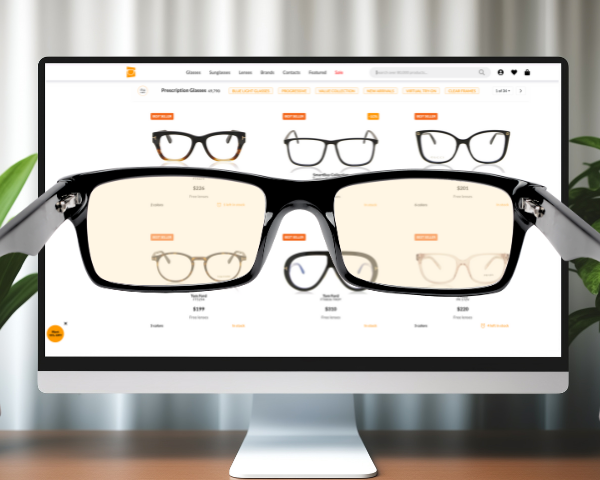Choosing the perfect pair of children’s eyeglasses frames can be a stressful ordeal.
Having options is great, but when there are so many different frames and lens materials to choose from, it can be overwhelming to say the least.
Not to mention, you can’t forget the importance of eye protection, long-term durability, and warranties.
To help you on your quest of finding the right kids’ prescription glasses, here are a few easy tips and things to think about when finding the perfect pair.
Firstly, it is important to get a thorough eye exam from a children’s eye doctor in order to get the right prescription in the first place. This will then determine the best type of glasses for your needs.
The thickness of the glasses’ lenses will depend on your child’s prescription. Stronger prescriptions need thicker lenses and weaker prescriptions can be corrected easily with thinner lenses.
However, thicker lenses tend to be heavier and need to be fitted with frames that can protect them properly.
When it comes to frames, both plastic and metal (wire) frames are durable. In recent years, many eyewear manufacturers have begun to duplicate adult eyewear designs into children’s glasses.
That means you may even be able to find a mini-version of your own pair of glasses for your little one.
After you’ve found the perfect frames, the next step is choosing lenses. When it comes to kids’ eyeglasses frames, polycarbonate lenses are highly recommended. They are extremely durable, scratch-resistant and offer excellent optics.
Not to mention, they have built in protection against harmful UV radiation and can be made for any eye prescription.
It’s wise to stay away from glass lenses as these can easily break and cause serious eye damage.
Protection and improved vision are the most important factors when choosing glasses for children. If you are going through the process of finding glasses that your child will take care of and love to wear, paying attention to comfort is key.
Of course, you want your child to feel good and enjoy wearing their glasses – otherwise it will be very difficult to get them into the routine of wearing them.
Take safety and UV protection into consideration, but don’t forget to listen to your child’s opinions. After all, they will be the ones wearing the glasses every day and should feel comfortable and happy in their glasses.
If your child has an interest in contact sports, it may be a good time to invest in a pair of kids eyeglasses for sports.
Although regular polycarbonate lenses are durable enough, normal prescription glasses frames do not hold up so well when subjected to trauma.
Sports goggles like this range from PROGEAR offer that little bit of extra protection and strength while providing the same great vision as normal prescription glasses.
And there you have it! Hopefully these tips will come in handy when you’re choosing the perfect glasses for your children. At SmartBuyGlasses, we offer several of the best-selling kids’ eyeglasses brands convenient models from value brand SmartBuy Kids.
